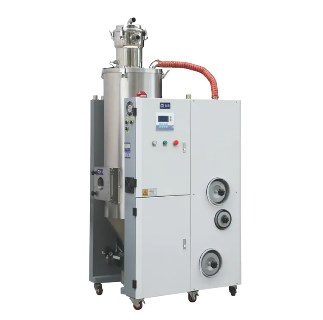Dehumidifier dryer is widely used to control the humidity levels within indoor spaces, but its impact on indoor air quality (IAQ) is a topic of significant interest. The presence of a dehumidifier dryer can significantly influence the health and comfort of occupants, as well as the overall quality of the air they breathe. This article explores the multifaceted effects of dehumidifier dryers on IAQ, highlighting both the benefits and potential concerns.
Excess humidity in indoor environments can lead to a variety of issues, including mold growth, dust mite proliferation, and the exacerbation of respiratory conditions. Mold, in particular, can produce allergens and irritants that can cause allergic reactions and trigger asthma symptoms. Dehumidifier dryers work by removing excess moisture from the air, thereby reducing the likelihood of mold growth and improving IAQ. By maintaining a humidity level between 30% and 50%, dehumidifier dryers create an environment that is less conducive to the growth of mold and other allergens.
Dust mites, microscopic organisms that feed on dead skin cells, thrive in humid conditions. High humidity levels can lead to an increase in dust mite populations, which can cause allergic reactions and respiratory issues. Dehumidifier dryers help to control dust mite populations by reducing the humidity levels in the home, thus contributing to a cleaner and healthier indoor environment.
In addition to mold and dust mites, high humidity can also exacerbate respiratory conditions such as asthma and allergies. For individuals with these conditions, a dehumidifier dryer can be a valuable tool in managing their symptoms. By reducing the humidity levels in the home, dehumidifier dryers can help alleviate the symptoms of these conditions, leading to improved health and well-being.
However, it is important to note that the effectiveness of a dehumidifier dryer in improving IAQ is dependent on its proper use and maintenance. If a dehumidifier dryer is not properly maintained, it can become a source of bacteria and mold growth itself. Regular cleaning and maintenance of the device are essential to ensure that it continues to function effectively and does not contribute to poor IAQ.
Furthermore, the energy efficiency of a dehumidifier dryer is another factor to consider when evaluating its impact on IAQ. Energy-efficient models not only reduce energy consumption but also minimize the environmental impact of the device. By choosing an energy-efficient dehumidifier dryer, consumers can enjoy the benefits of improved IAQ while also contributing to a more sustainable environment.
In conclusion, dehumidifier dryers play a crucial role in improving indoor air quality by reducing excess humidity, which in turn helps to control mold growth, and dust mite populations, and alleviate respiratory conditions. However, the benefits of a dehumidifier dryer are maximized when the device is properly maintained and energy-efficient. By understanding the impact of dehumidifier dryers on IAQ, consumers can make informed decisions about the use of these devices in their homes, leading to a healthier and more comfortable living environment.



